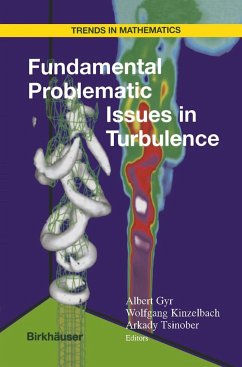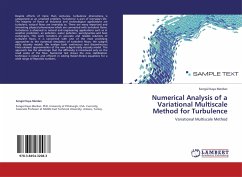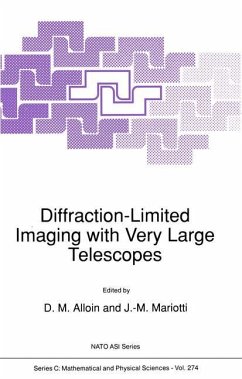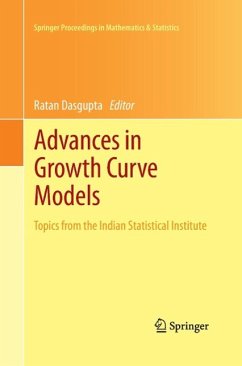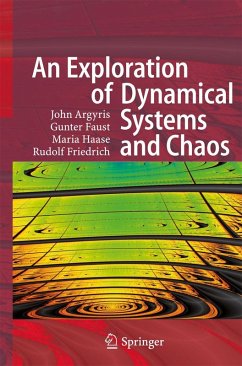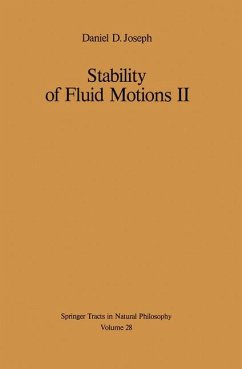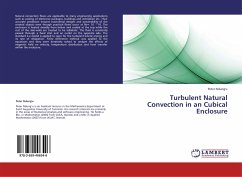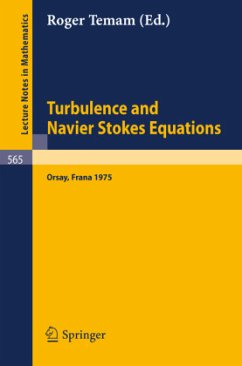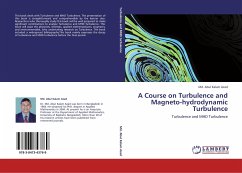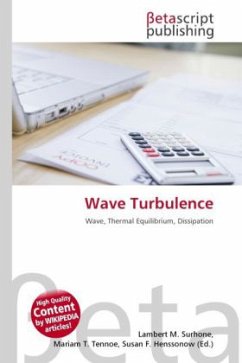
Wave Turbulence
Versandkostenfrei!
Versandfertig in 6-10 Tagen
32,99 €
inkl. MwSt.

PAYBACK Punkte
16 °P sammeln!
High Quality Content by WIKIPEDIA articles! Wave turbulence is a set of waves deviated far from thermal equilibrium. Such state is accompanied by dissipation. It is either decaying turbulence or requires external source of energy to sustain it. Examples are waves on a fluid surface excited by winds or ships, and waves in plasma excited by electromagnetic waves etc. External sources by some resonant mechanism usually excite waves with frequencies and wavelengths in some narrow interval. For example, shaking container with the frequency excites surface waves with the frequency /2 (parametric res...
High Quality Content by WIKIPEDIA articles! Wave turbulence is a set of waves deviated far from thermal equilibrium. Such state is accompanied by dissipation. It is either decaying turbulence or requires external source of energy to sustain it. Examples are waves on a fluid surface excited by winds or ships, and waves in plasma excited by electromagnetic waves etc. External sources by some resonant mechanism usually excite waves with frequencies and wavelengths in some narrow interval. For example, shaking container with the frequency excites surface waves with the frequency /2 (parametric resonance discovered by Michael Faraday). When wave amplitudes are small (which usually means that the wave is far from breaking) only those waves exist that are directly excited by an external source. When, however, wave amplitudes are not very small (for surface waves when the fluid surface is inclined by more than few degrees) wave with different frequencies start to interact.



